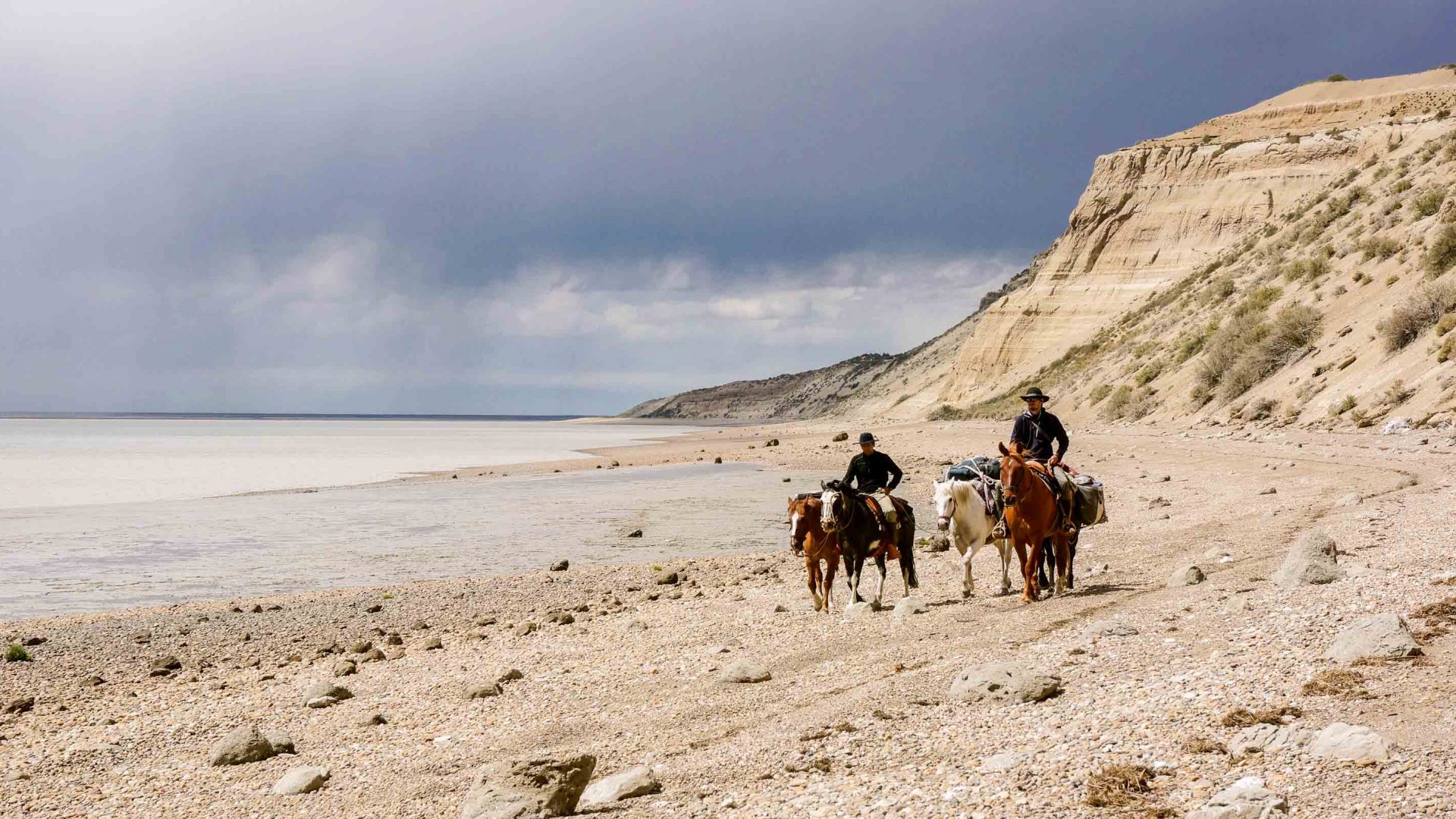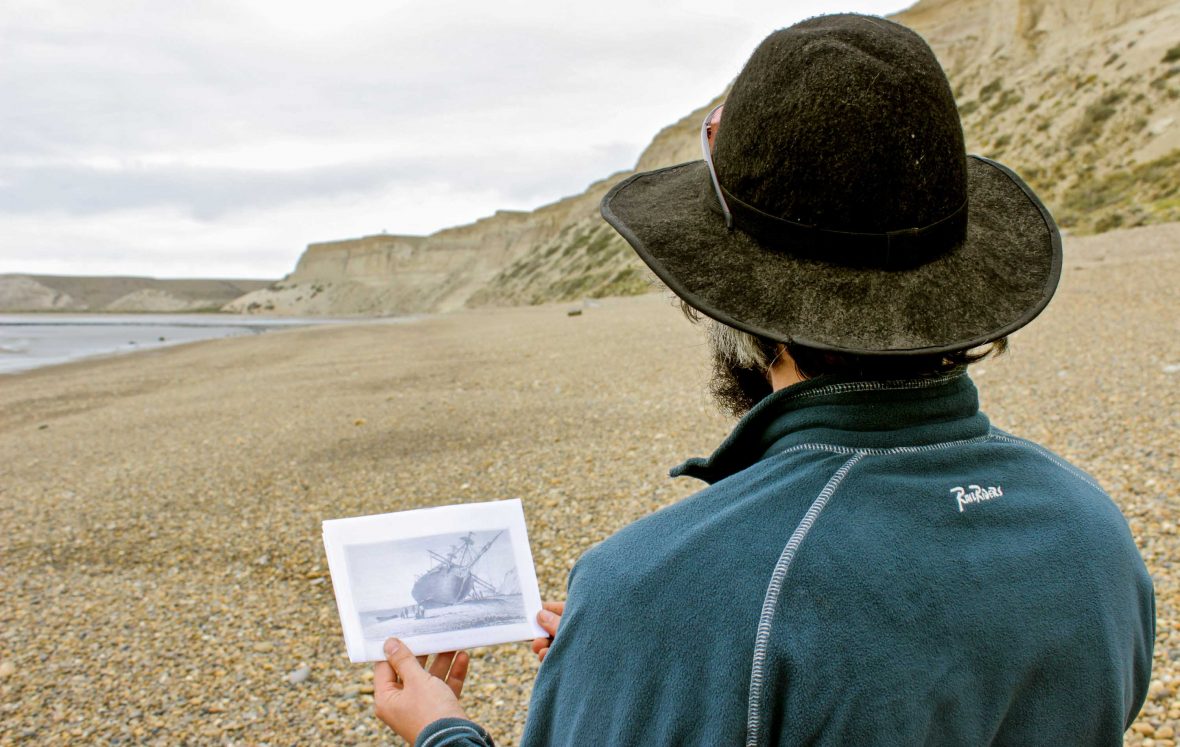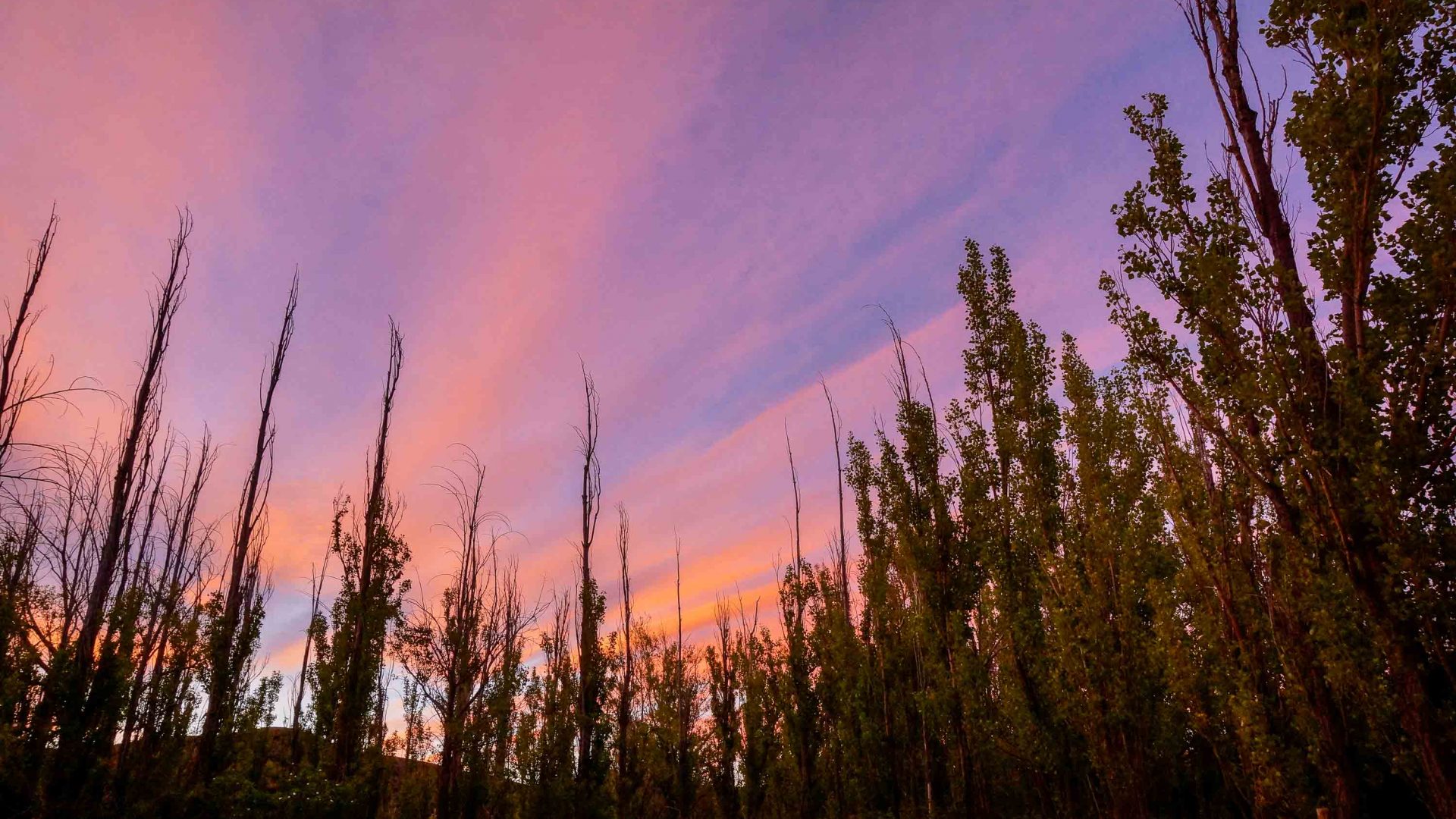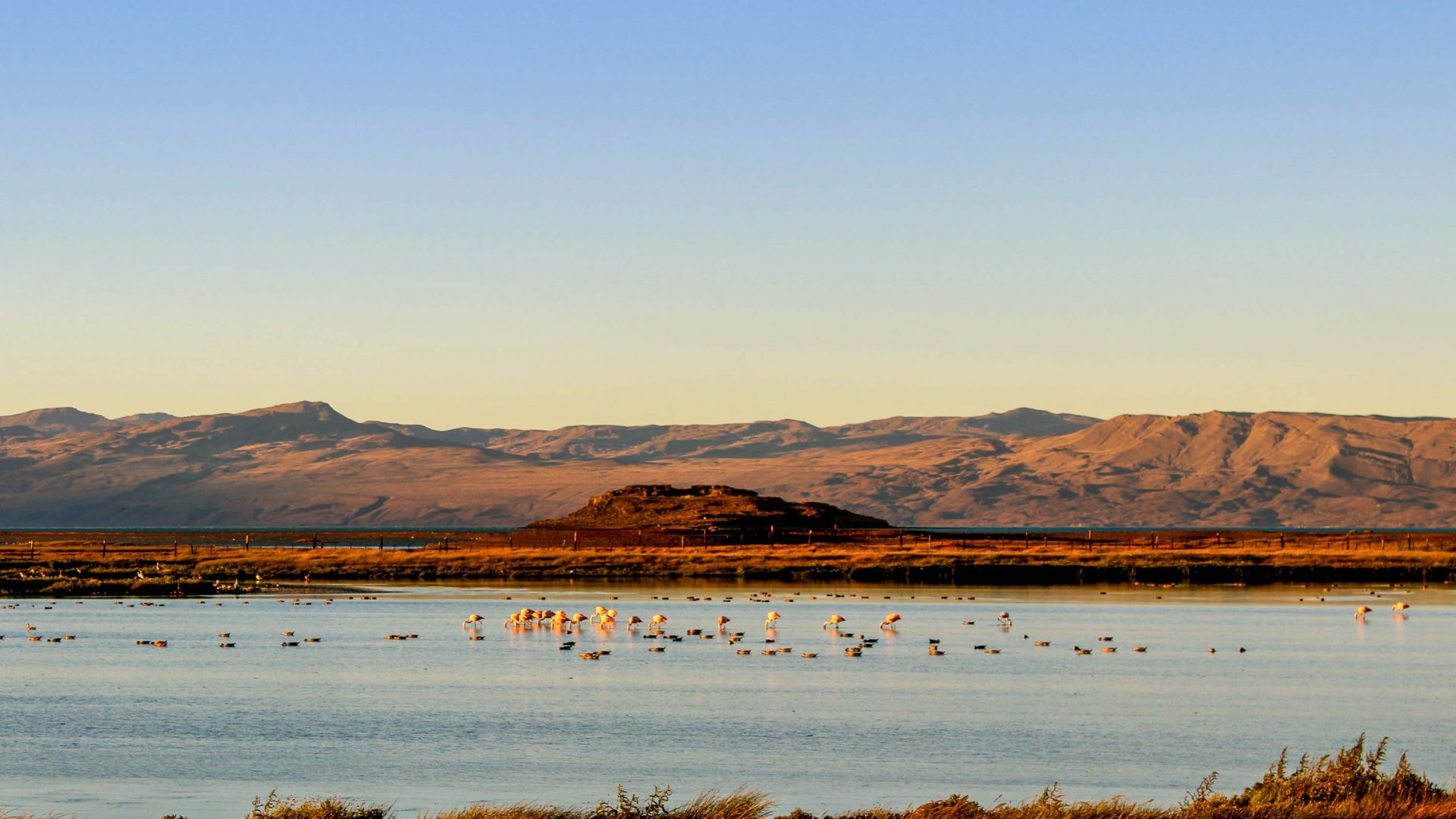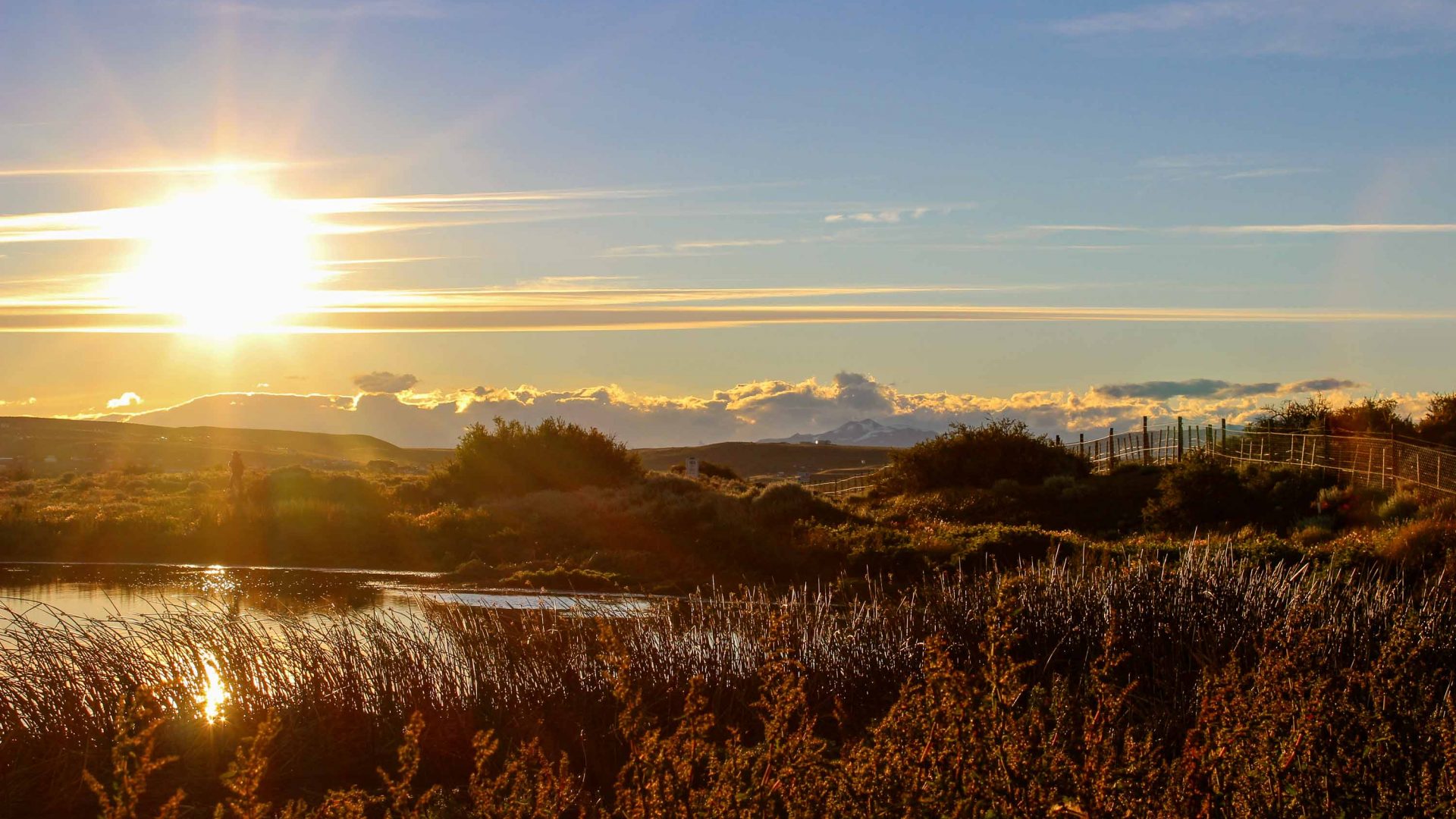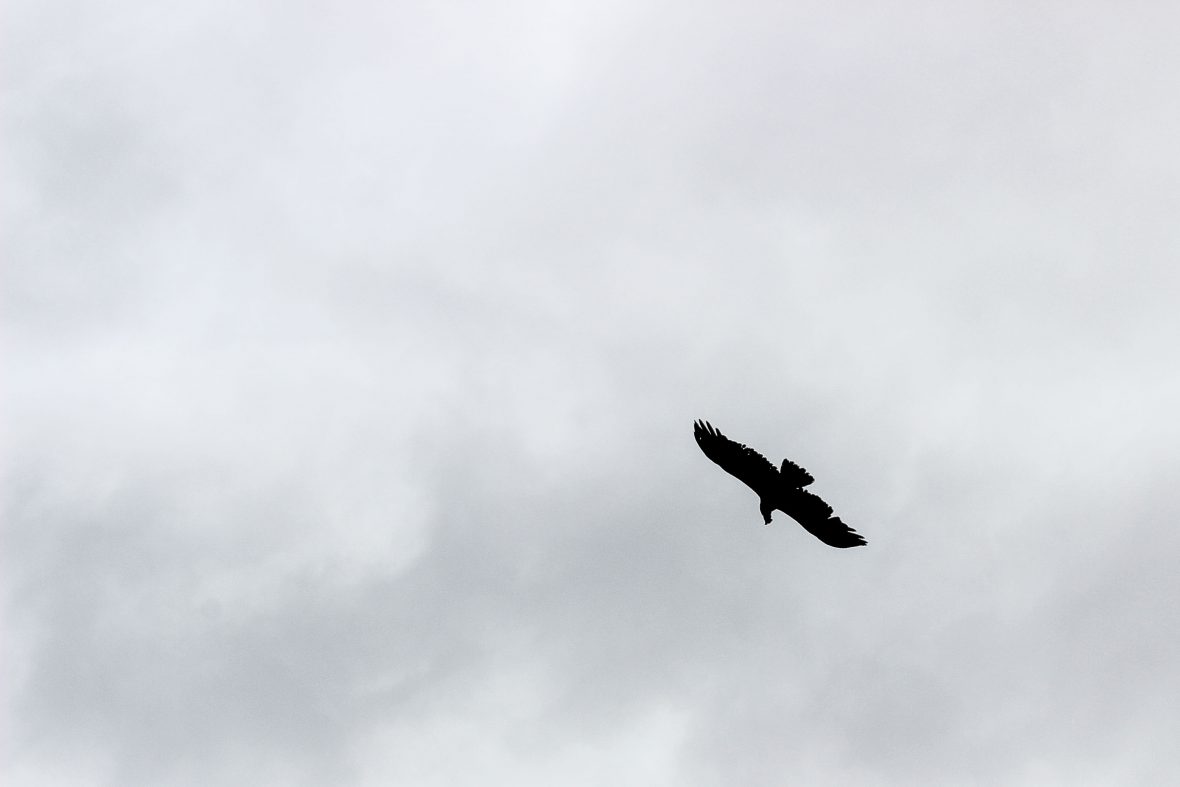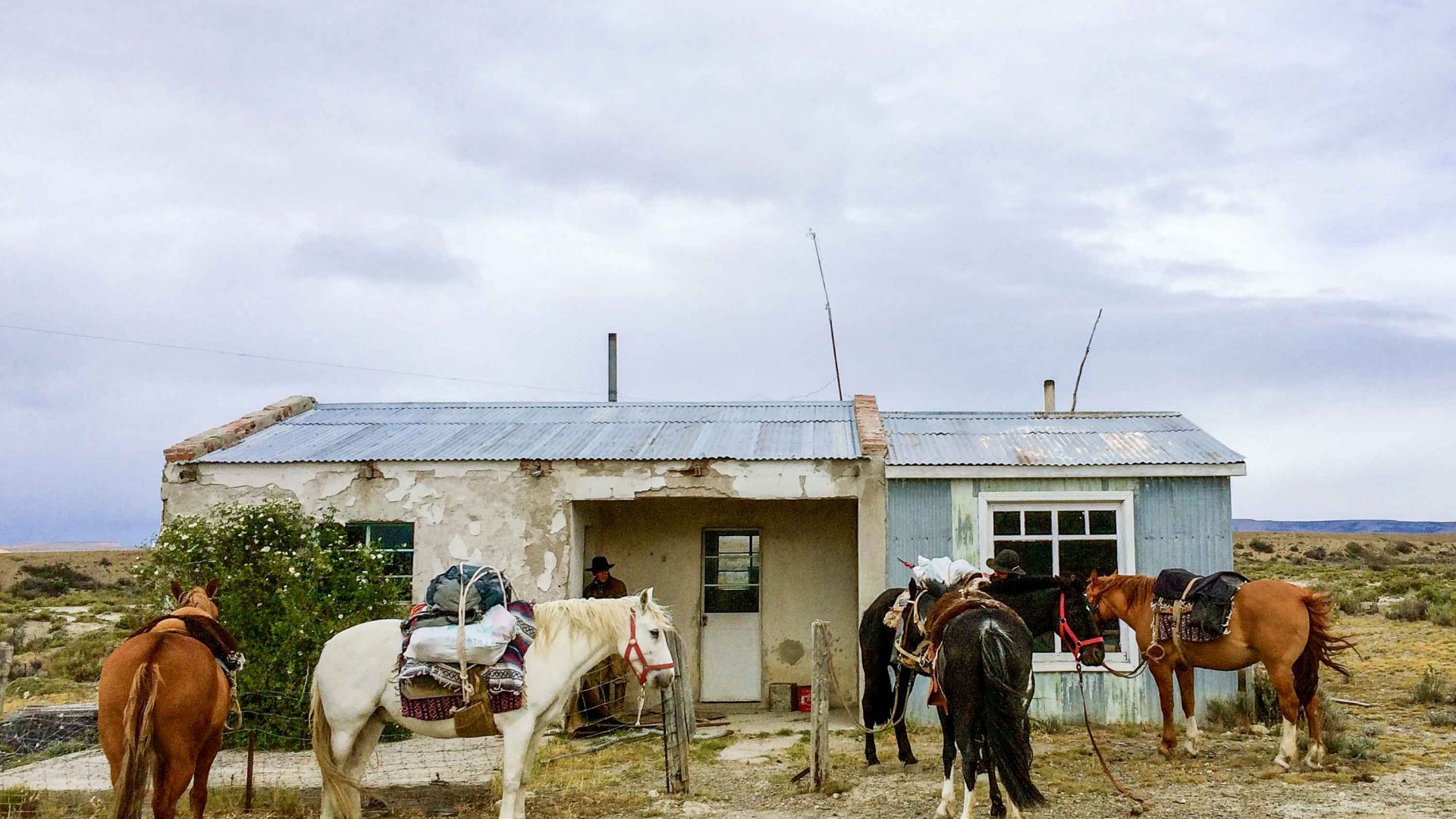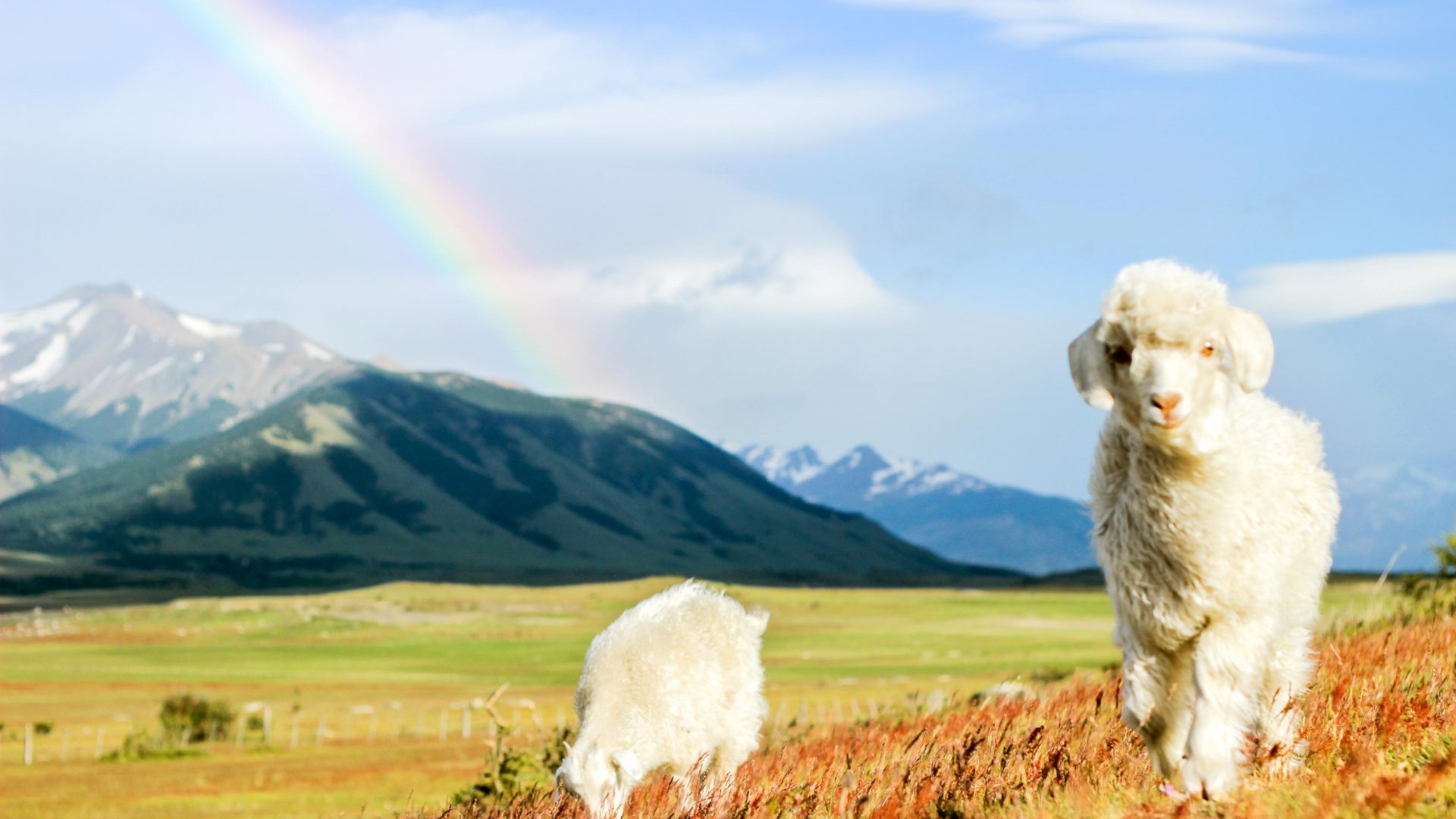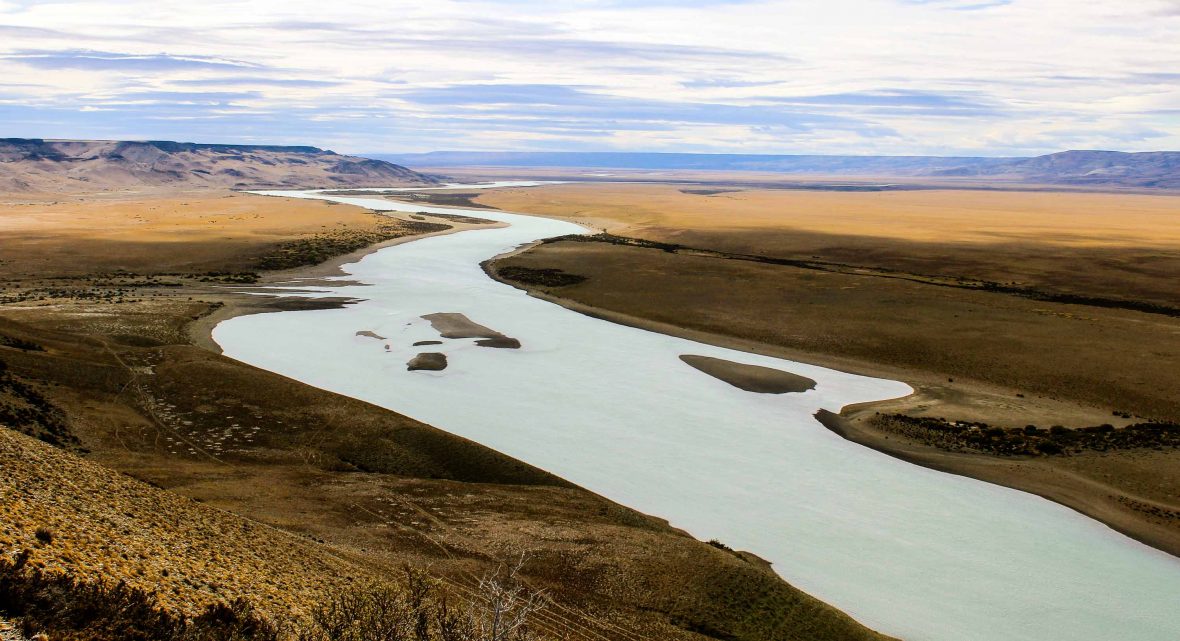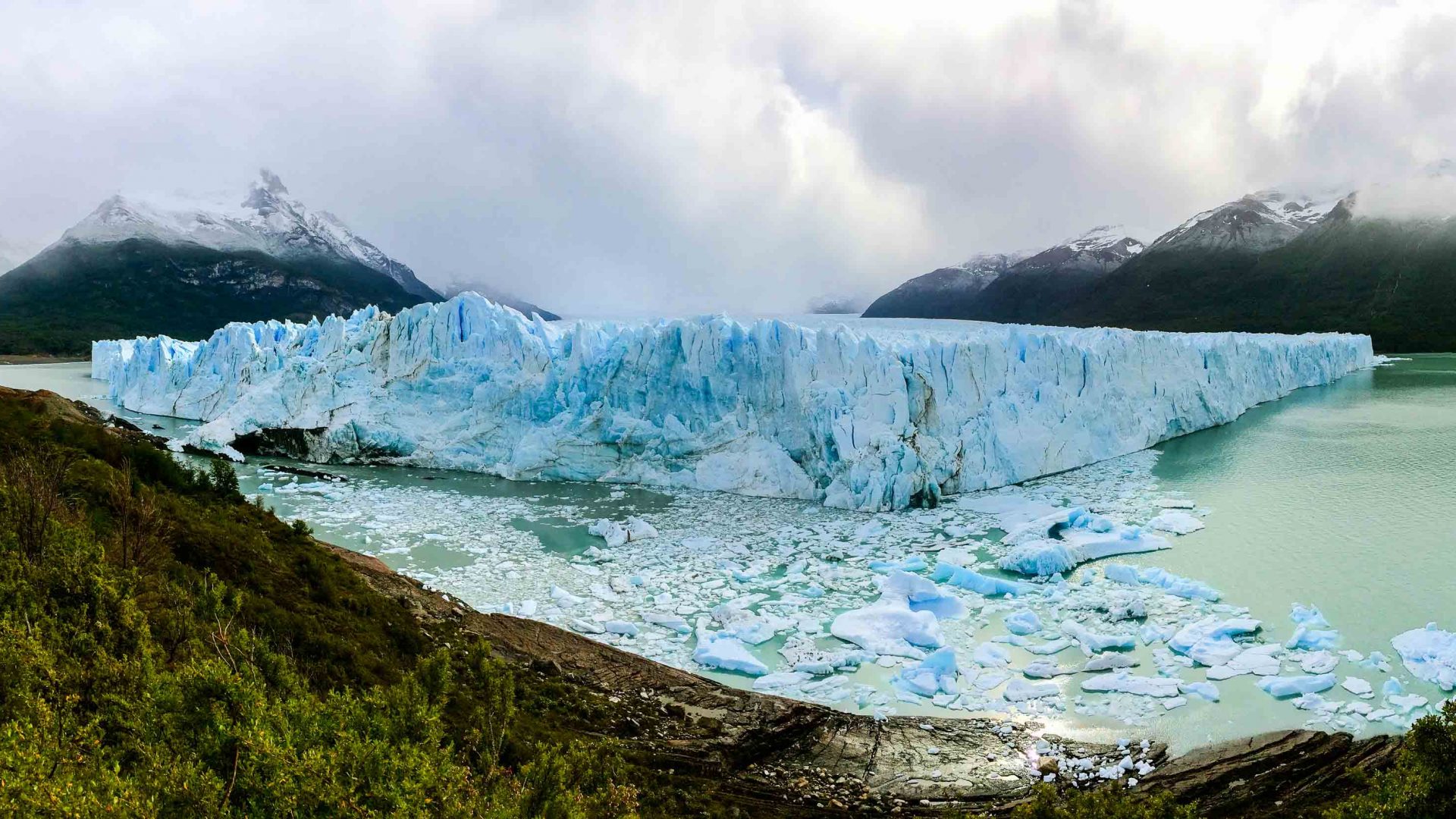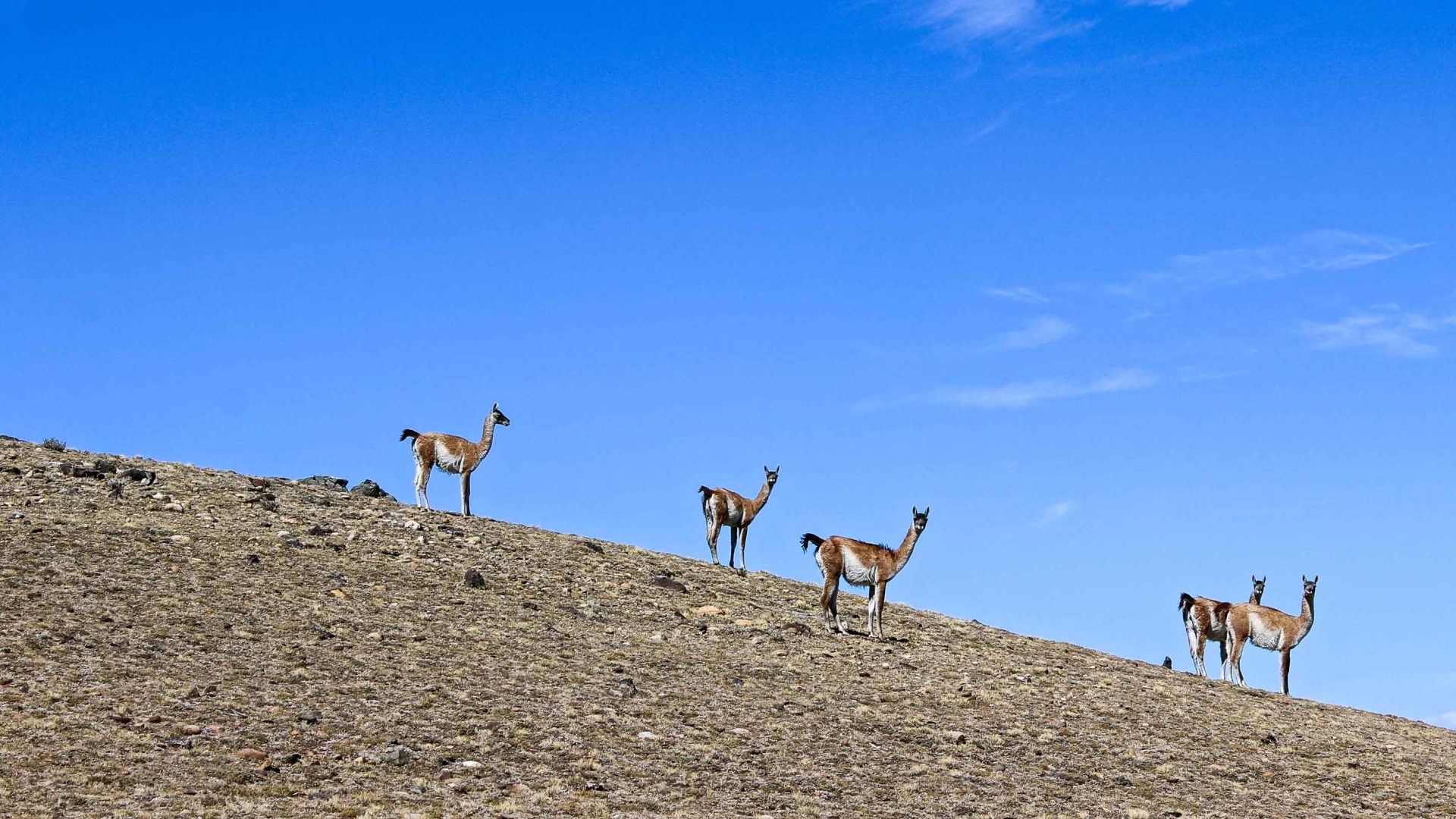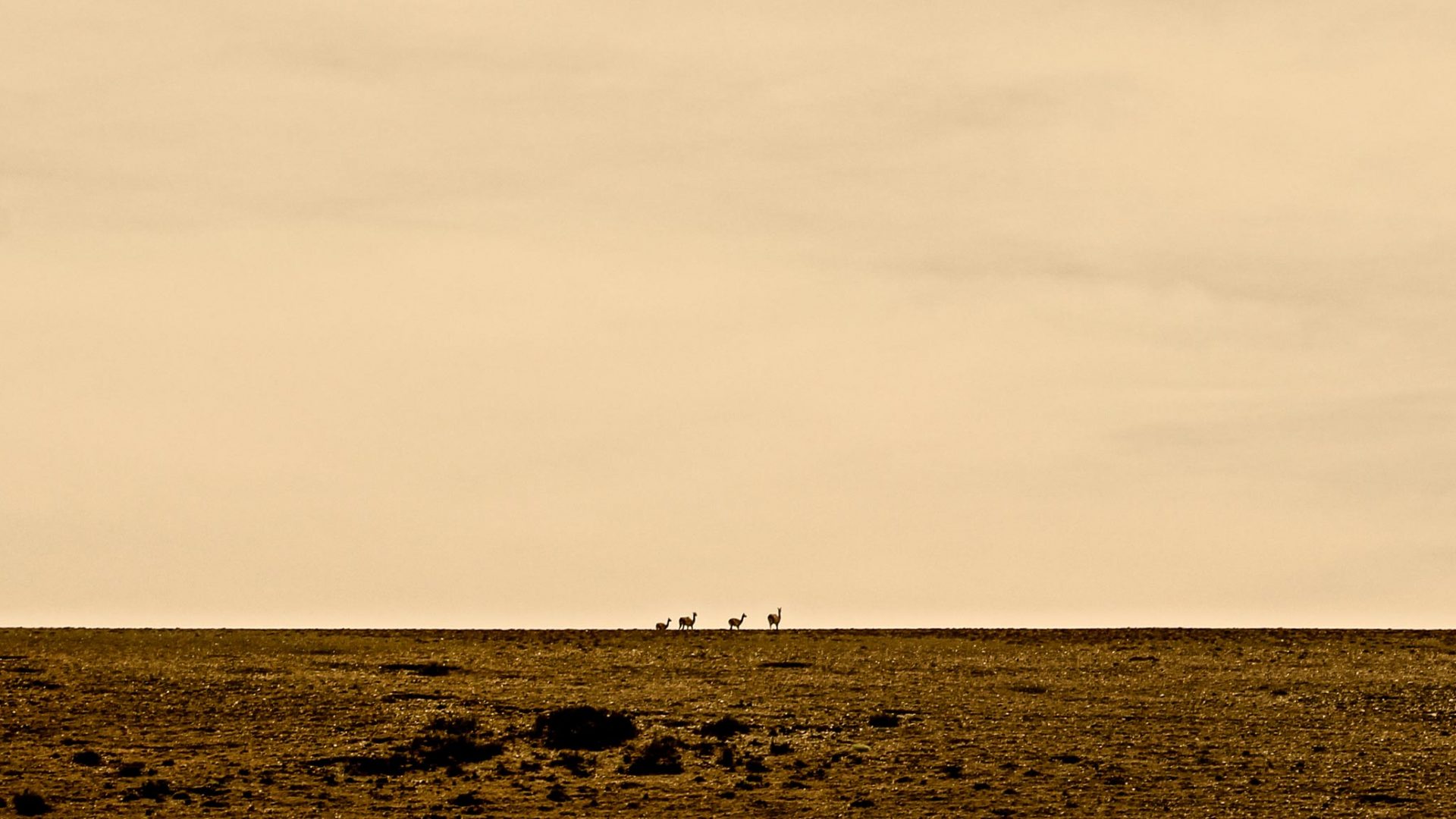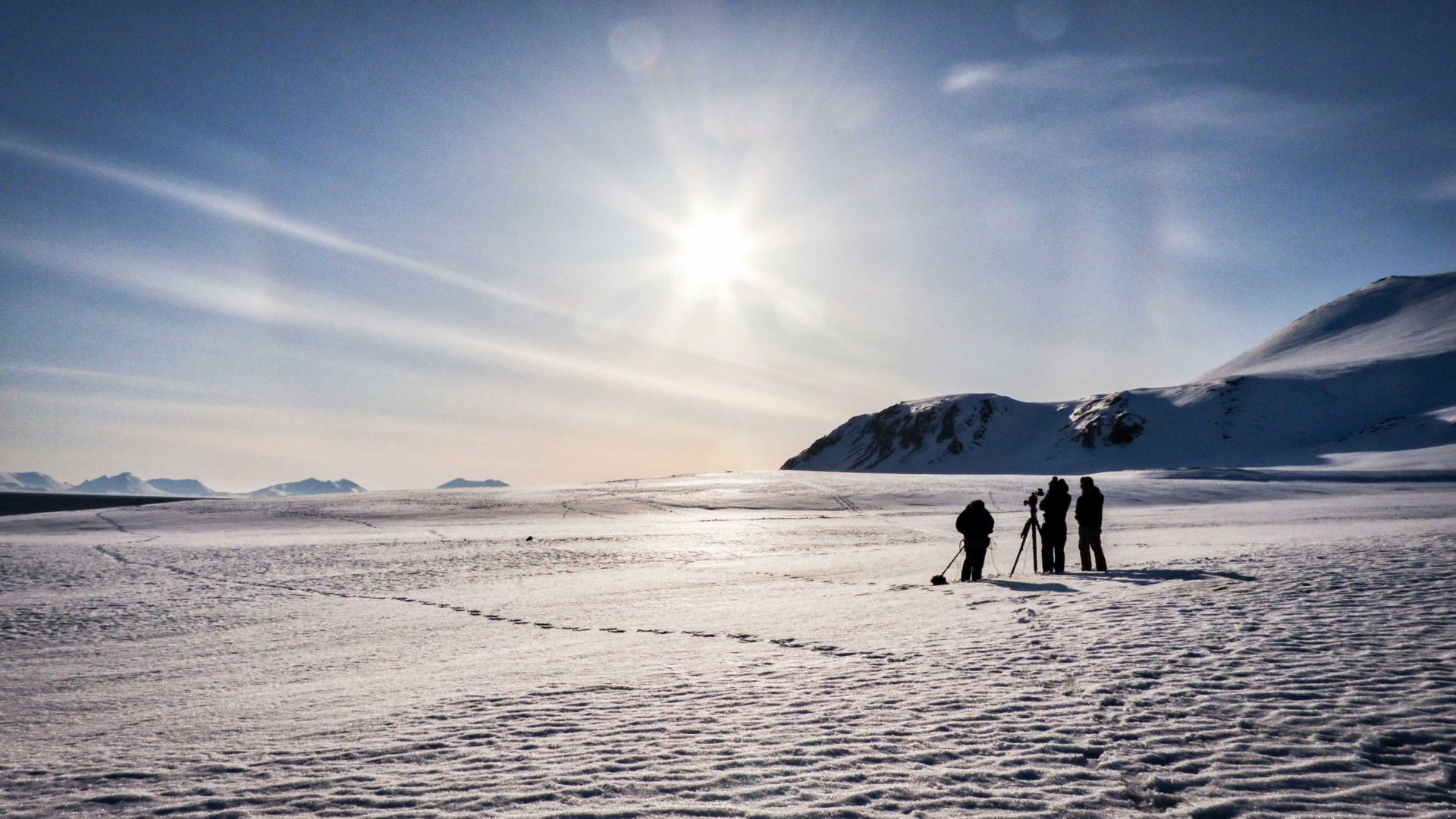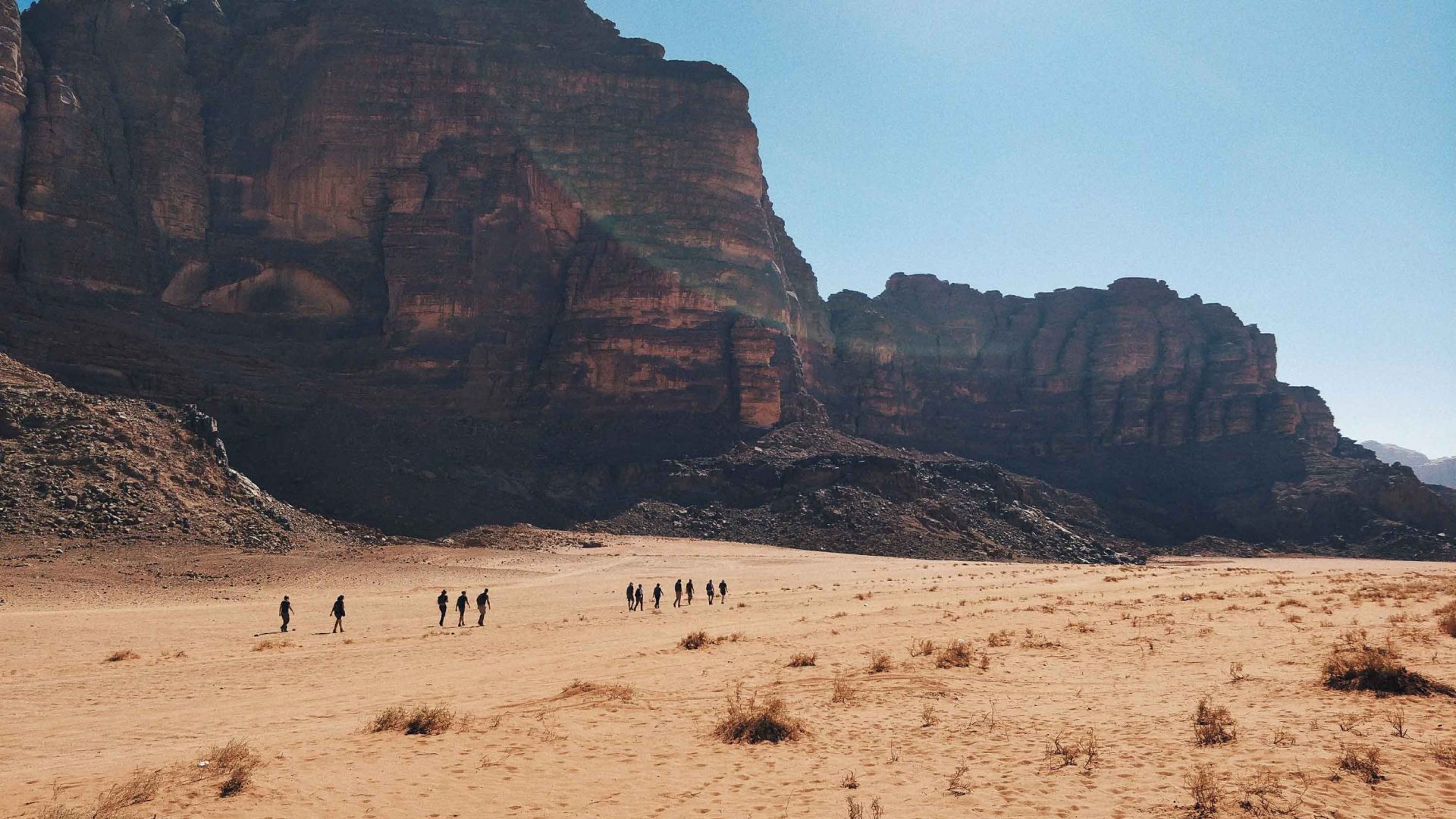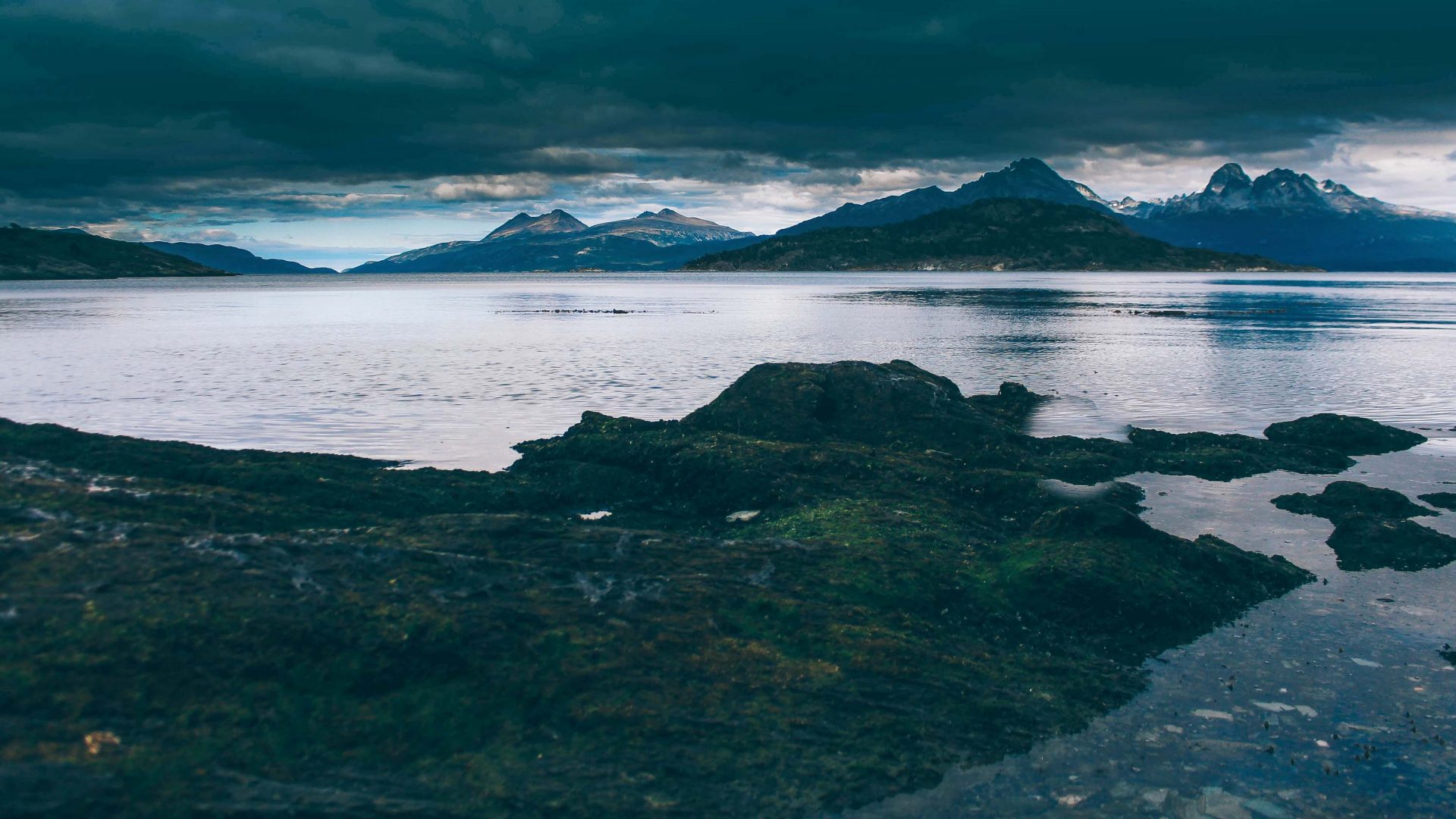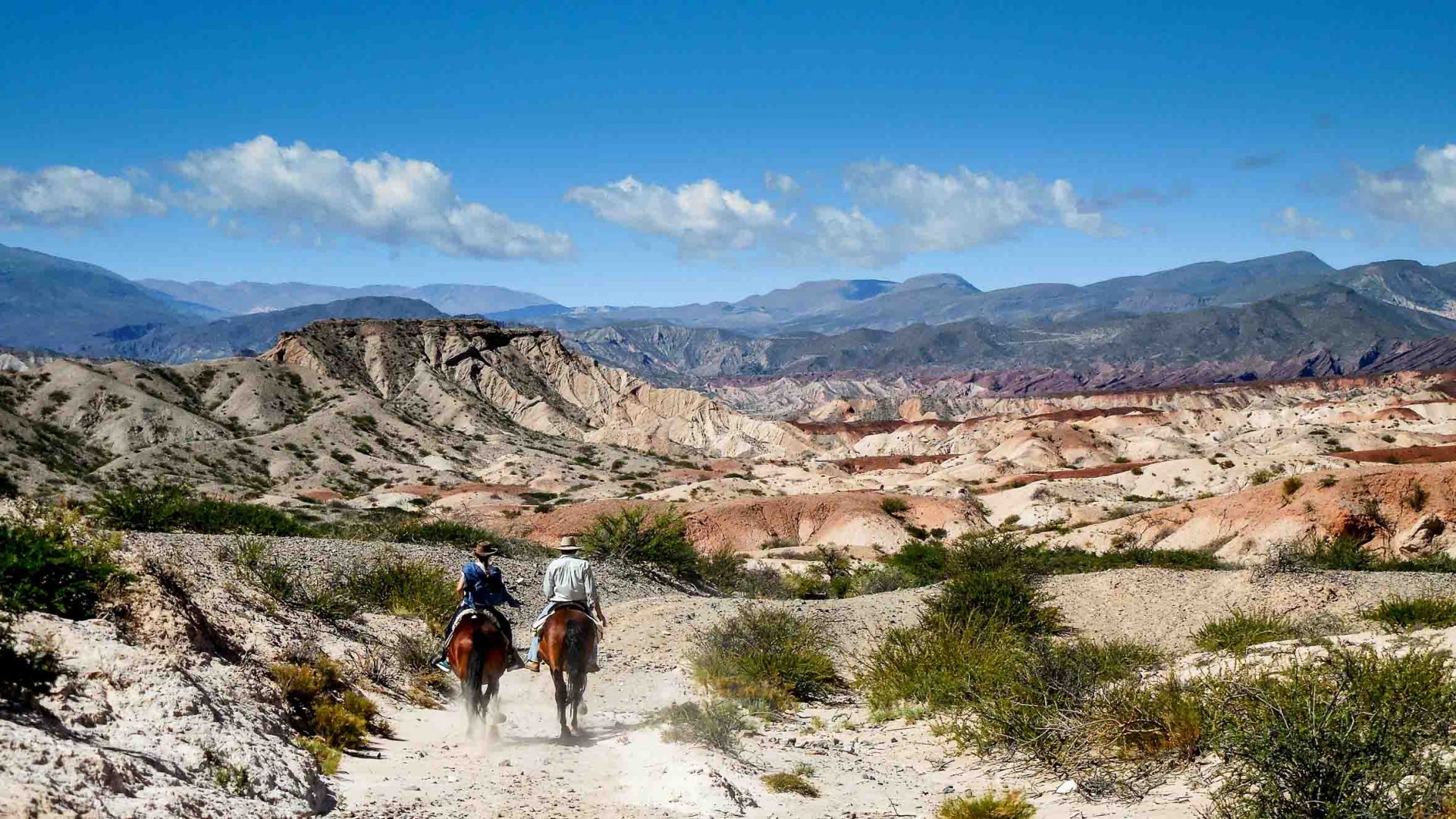Following in the footsteps of explorers Fitzroy and Darwin to Argentina’s Atlantic coast, Leon McCarron finds wildlife and wonders aplenty on the Rio Santa Cruz. But he also discovers a huge threat to this region’s biodiversity.
What
was immediately apparent was how little had changed. We stood there—three
people and five horses—at the estuary where saltwater meets fresh, and looked
at the shape of the land in front of us.
The
curve of the river, the dip of the hill, the profile of the horizon; it all
perfectly matched the picture that we held in front of us. The only difference,
if you were being picky, was that in the image in our hands there was a large
ship that had been beached on the shingle. But we couldn’t have everything—this
was more than we’d ever hoped for, and the starting point for a remarkable and
poignant journey.
In 1834, another team had tried to do just this. The HMS Beagle was a British research vessel, tasked with charting the coastline of South America, and on board alongside its imperious Captain Fitzroy was a clever and enthusiastic young man, who had failed to join the clergy and come to sea to find himself—a mid-19th-century gap year, if you will. He was from the upper classes, and his official role was that of ‘Gentleman’s Companion’. His education and charm made him good dinner conversation for Fitzroy after a long day at sea. The other thing to note about the young man was that his name was Charles Darwin, and he would go on to change the world.
RELATED: Why do explorers risk so much for the Poles?
They’d grounded their vessel at the estuary where we now stood to allow for repairs. To make the most of the occasion, they sent a party of men to ‘discover’ the source; there were indigenous people in the area, but the maps of the British were blank, so exploration deemed necessary. The men walked along the banks of the Santa Cruz, dragging with them three rowing boats, so when they finished they could hop in and float back down quickly. It was a wise move, but that didn’t spare them from a tough journey. They were constantly concerned about the local tribes watching them (though they didn’t bother to try and make contact); they became exhausted and ran out of food; weather and isolation and uncertainty gnawed at them.
I have kept in contact with many of the activists and environmentalists in El Calafate, who believe this to be a travesty. Over the last four years, I’ve tried to remain as impartial as possible but, having seen what’s at stake, and watching the fiasco unfold, I can nail my colors to the mast: This is a disaster.
The Santa Cruz river valley is sparsely populated by humans, making it easier to exploit, but it’s a remarkable and unique part of our planet. To threaten its glaciers and the biodiversity, and to displace the many bird species that rely on the area is a huge mistake. Communities and environments across the world face this question: What compromise are we willing to take in the name of development and so-called ‘progress’? Too often, it’s at the expense of the natural world. It seems the Santa Cruz is lost, but that doesn’t mean we should let other treasures go so easily.
